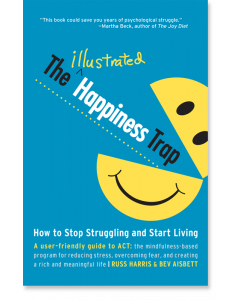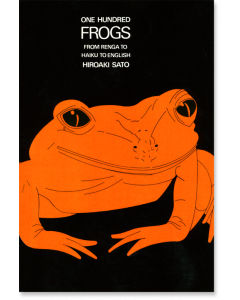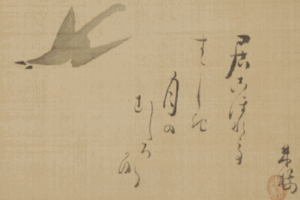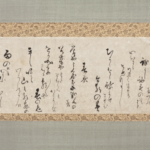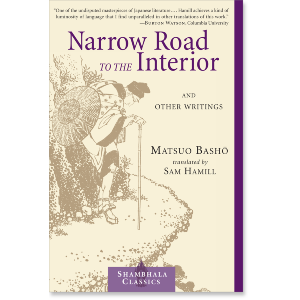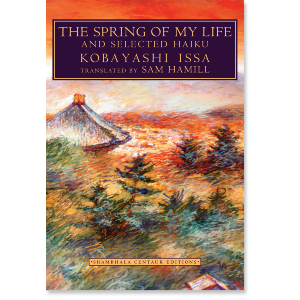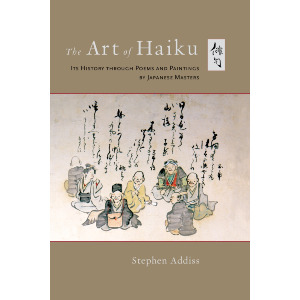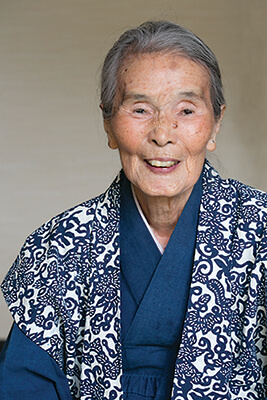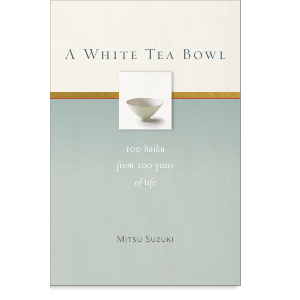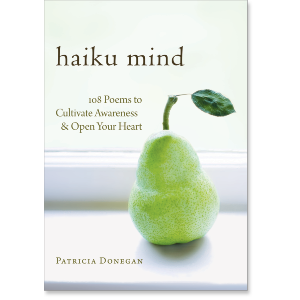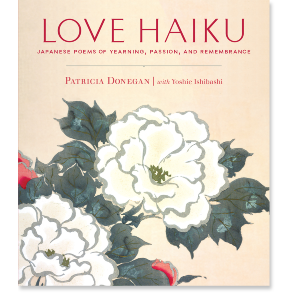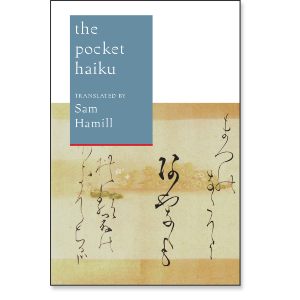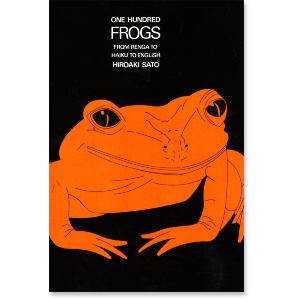Also see our Reader's Guide to Buddhist Poetry.
Many know haiku as a three-line poem, the first and last lines five syllables long, and the second line, seven. But there is much more to what defines haiku, elements more subtle than prescribed syllable counts or line breaks. In fact, Japanese haiku are typically written in a single column, and many haiku deviate from the syllable count familiar to so many of us. So, what then, makes a haiku a haiku? Demonstrated throughout the haiku tradition is a close relationship to nature, and thus seasonal references are usually present. However, haiku also maintains a certain openness to interpretation, and this is the aspect of haiku with which many writers new to the tradition struggle. There is so much complexity to the seemingly simple art of haiku and its history, and the books in this guide, by translators and editors with a deep respect for the art, enlighten readers to a rich cultural tradition, leaving a delightful appreciation for the unique poetic form.

